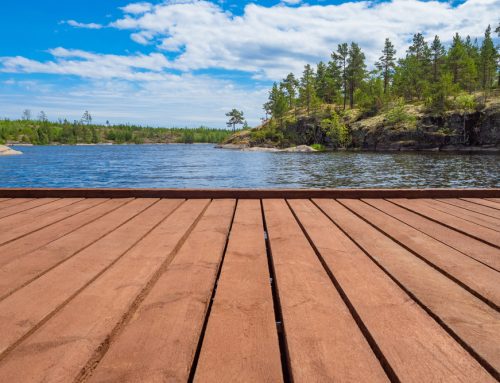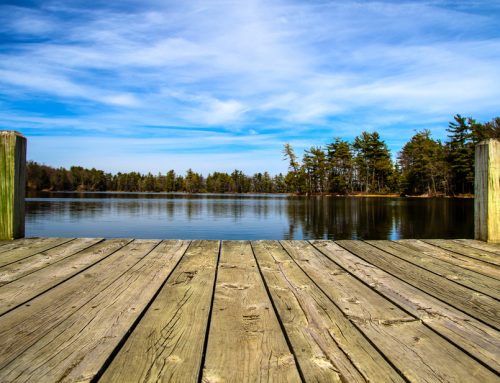After paying for a dock repair from an Orlando dock repair company, you’re likely looking at ways to save money and prevent the need for another repair or replacement so soon. While docks will need routine checkups and repairs, there are ways to maintain your dock and lessen the damage. You can keep your freshly repaired dock in good shape for many seasons to come by practicing diligent dock maintenance.
Preparing a dock maintenance plan is the best way to keep up with the regular maintenance that your dock needs and ensure that it’s getting done. While dock maintenance will differ depending on the materials your dock is built from, most maintenance plans are relatively similar.
Here’s how to get yours started:
How To Best Maintain Your Residential Dock After A Repair
Frequently Inspect Your Dock
A regular inspection of your dock can pick up problems before they arise. If you’re frequently checking your dock to ensure that everything is in good condition, you’re much more likely to notice when something is damaged shortly after it happens.
Even if you can’t inspect your dock all the time, make a point to do a close inspection after storms or rough weather. At the very least, do a thorough inspection every year.
Clean Your Dock Annually
Whether your dock is made of wood, concrete, plastic, or some other material, it needs to be cleaned. Overtime, dirt and debris will need to be scrubbed away to prevent rotting or deterioration.
Cleaning your dock will also help keep it looking fresh and new. Even if your dock is several years old, routine cleaning can do wonders for its appearance.
Stain Wooden Docks
Stain doesn’t just make wooden docks look nicer; it actively protects the wood from harmful elements and lessens the risk of rot and decay. Deep penetrating wood stain is the best as it won’t flake or peel easily and will provide a strong layer of protection.
Wood stain does a lot to protect against moisture and mold growth. Many stains also protect your wood from harmful UV exposure and prevent the wood from fading from direct sunlight.
Staining your dock should be done after cleaning it. When the wood is freshly cleaned, it’s much more likely to adhere.
Seal Your Dock
Similar to staining, sealing your dock will do wonders to prevent fading from sunlight and rot caused by constant water exposure. If your dock is painted, sealing it may not be necessary. However, for stained docks, a sealant will add an extra layer of protection and is highly recommended.
Sealing your dock annually will mean less costly repairs in the future as wood is protected from mildew and much less likely to rot. So instead of needing to be replaced in a few years, your wood dock will remain strong and in good shape.
Protect Corners and Sides
The corners and sides of your dock get the most brutal beating during the year. From accidental bumps when bringing in your boat to floating debris that’s brought over during a storm, you should protect the corners and sides of your dock before they get hurt.
Fortunately, finding rubber edge protection is relatively easy. Many hardware and boating stores will have a variety available. If you don’t want to spend money on them, though, you can also use old tires or rubber buoys as dock protection. Tying them to the sides of your dock will reduce the damage done to your dock when something knocks into it, whether by accident or not.
Use the Right Material
If you notice a screw come undone or other minor fixes that you can take care of, make sure you use the right materials. Screws and fasteners need to be made for outdoor use, or you could further damage your dock. Instead of reaching for duct tape to temporarily fix something, find the right product and make sure the problem is properly managed.
Conclusion
Dock repairs and replacements are expensive, but you can keep your dock in good shape by following a regular maintenance schedule. Benefit from your most recent repair by taking the extra step to ensure your dock stays in good condition rather than waiting until the next repair job.






